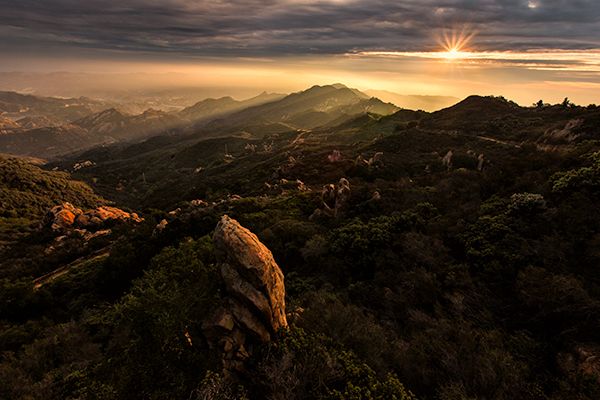After spending several months on the road over the course of the past year it feels good to be home, especially as the holidays approach. It also allows me to focus my attention to more familiar subjects for photography. A common misconception is that in order to find interesting subjects, you have to travel to distant, exotic locations. While it’s true that you’ll undoubtedly find photogenic subjects in such places, a good photographer needs to be able to make interesting images anywhere.
In my commercial work of environmental portraiture, there have been many times when I arrive at an office or business and am told that the only available space to photograph my subjects is an area used for storage, or a hallway, or some other uninspiring and cramped location. In those instances I use my lights and modifiers to try to make the scene visually interesting, and finding and making use of interesting light is the key to making local landscape images dramatic as well.
I’m fortunate to have the Santa Monica Mountains in my back yard; a Transverse Range that extends from Hollywood to Pt. Mugu, north of Malibu. Compared to the Grand Teton, Rocky, Sierra Nevada, Cascade or San Juan Mountains, the Santa Monica range is humble and subdued, with the highest point being Sandstone Peak. Clocking in at 3,111 feet, it just clears the required 3,000 feet required to be categorized as a mountain. The Backbone Trail runs 67 miles along the spine of the range. My wife and I have hiked the entire trail, and certain sections of it have become favorite places for me to return time and again with my camera in tow.
Being located in Southern California, the range rarely plays host to dramatic clouds, and only once every couple of decades do the upper elevations of the Santa Monicas see snow. But when the conditions are right, I can frame images that are as majestic as any mountain images I’ve captured in Colorado, Wyoming or the Pacific Northwest.
When the occasional clouds roll in, I can spend an entire day watching the chiaroscuro light constantly change. When the sun is rising or setting and the angle of light is low, the shadows cast along the ridges can be iconic. During the “June Gloom” months when a good portion of every day is spent in a shroud of marine layer, it’s a perfect time to look for intimate landscapes utilizing flowering plants and bushes found throughout the range, or use the fog itself to create mysterious and dream-like images. On clear sunny days I might explore rocky sections of the range looking for shadows and texture to create interesting photos.
I find it a good exercise to photograph in areas that I’ve visited often. Being able to see familiar scenes with fresh eyes helps to foster creativity, resourcefulness and the ability to tell a story. Relying on exotic subjects to create interesting and unique photographs can become a crutch in a sense, because it’s easy to become distracted by the novelty of the subject itself rather than finding something specific and unique to say about it. Anytime I feel burned out and uninspired I try to challenge myself to find something new to say about areas I’ve photographed many times. When it comes to finding and photographing subjects that speak to my heart, there’s no place like home.
